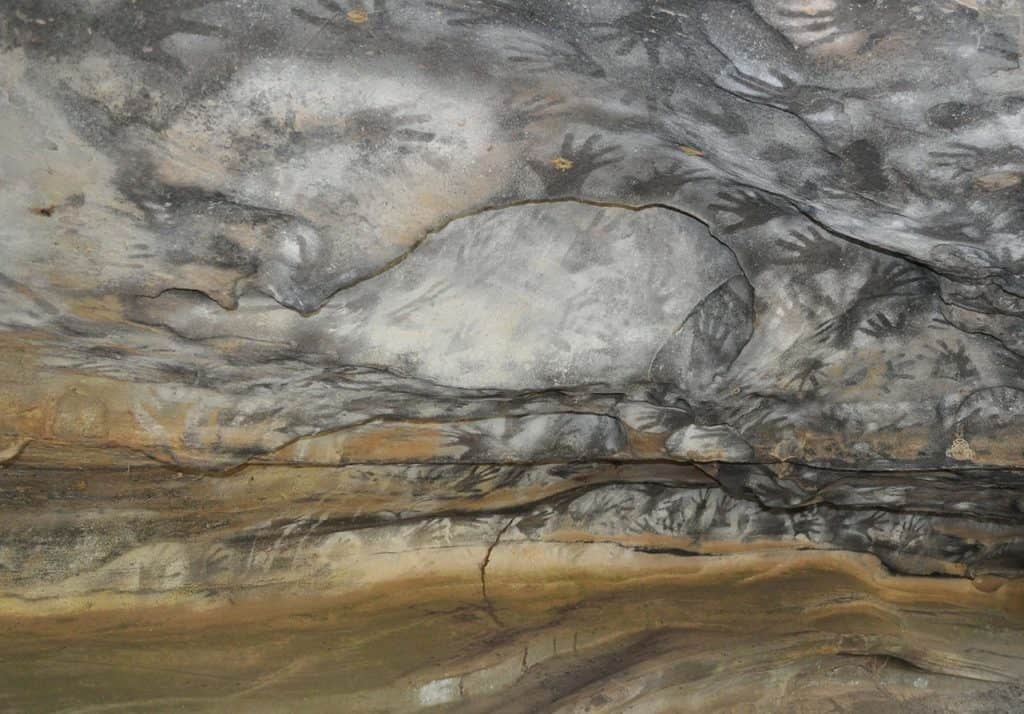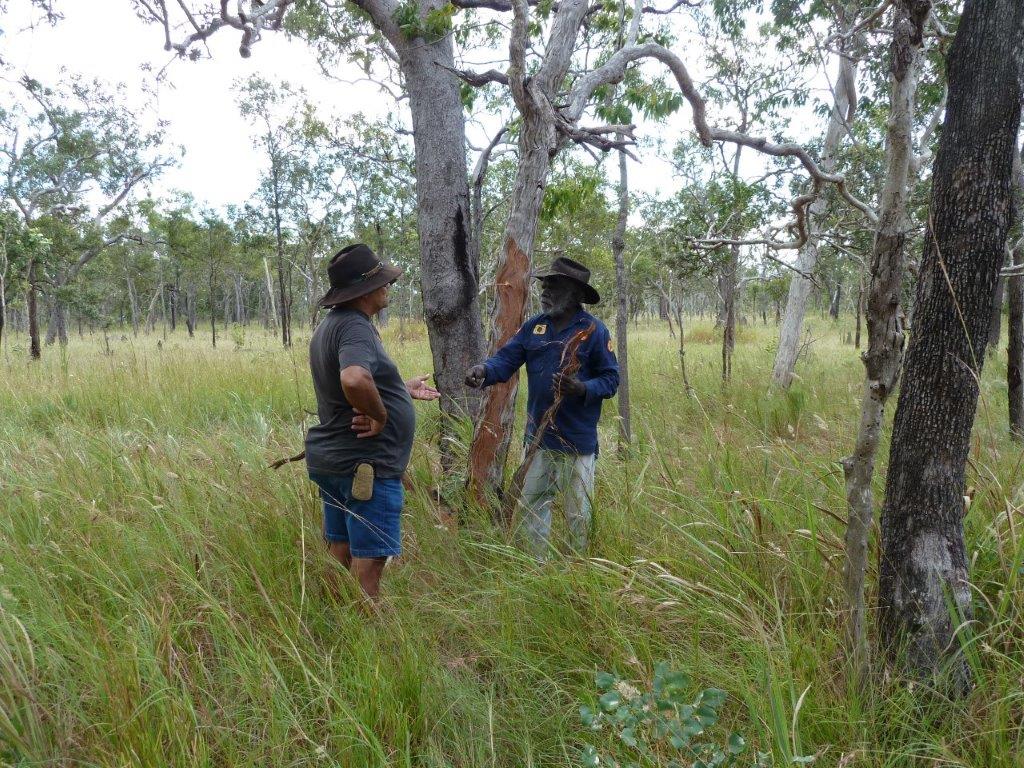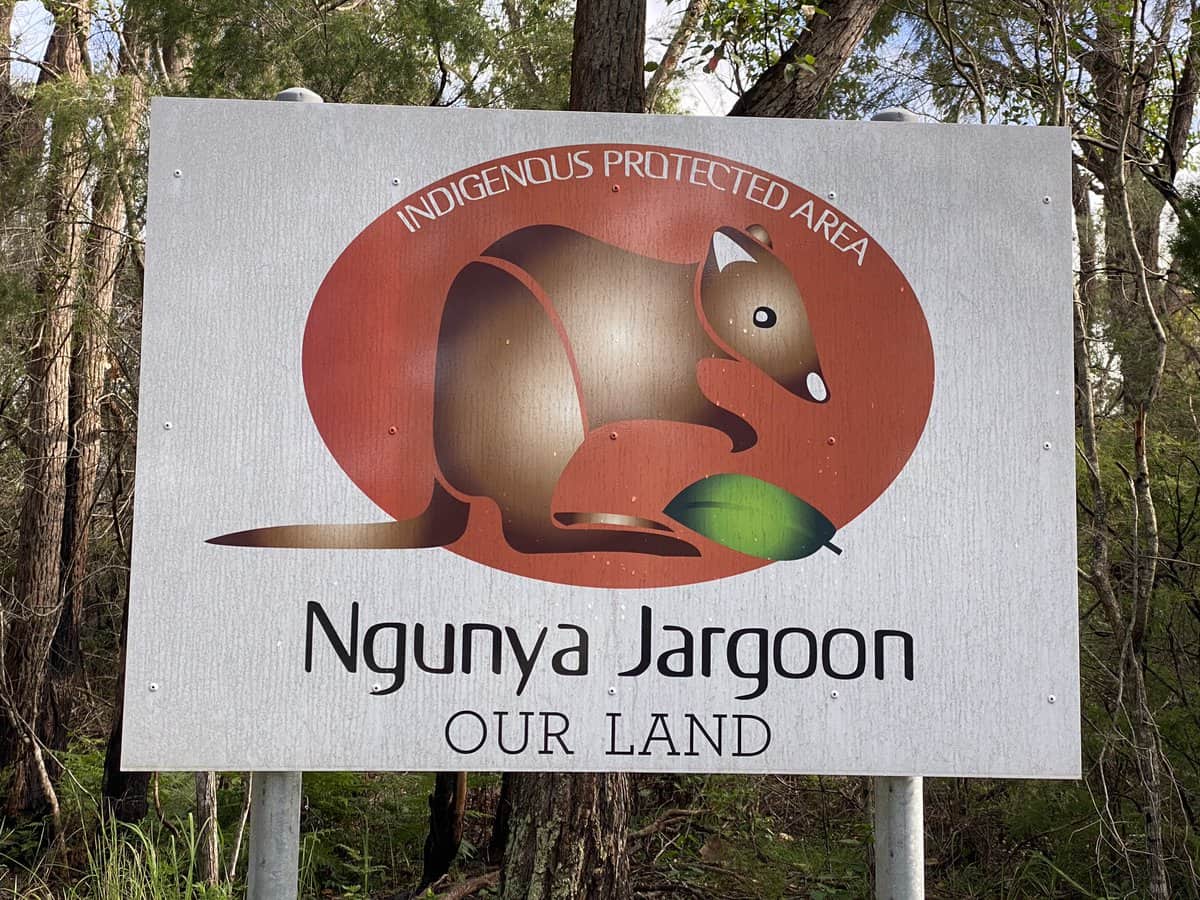An Indigenous Protected Area (IPA) is an area of land or sea owned by the local Aboriginal peoples.
Traditional owners enter an agreement with the Australian Government to manage and conserve biodiversity and cultural resources.

Indigenous Protected Areas make up almost 44% of Australia’s National Reserve System.
Managing IPAs helps First Nations communities to protect their significant cultural values for future generations while generating health, education, economic and social benefits.

Koalas are a major focus of IPA conservation in New South Wales. Many have dedicated ranger groups supporting a wide range of biodiversity.
IPAs in New South Wales include Brewarrina Ngemba Billabong Indigenous Protected Area, Boorabee and The Willows Indigenous Protected Area, Gumma Indigenous Protected Area and the Minyumai Indigenous Protected Area.
The goals of the IPA program are to:
- support Aboriginal land owners to develop, declare and manage IPAs on their lands as part of Australia’s National Reserve System
- support Aboriginal interests to develop cooperative management arrangements with Government agencies managing protected areas
- support the integration of Aboriginal ecological and cultural knowledge with contemporary protected area management practices.
